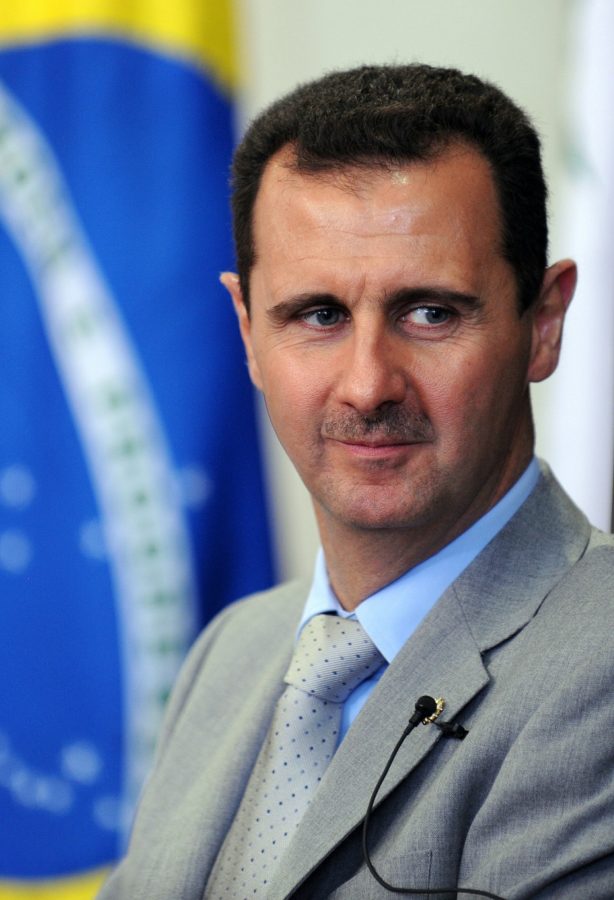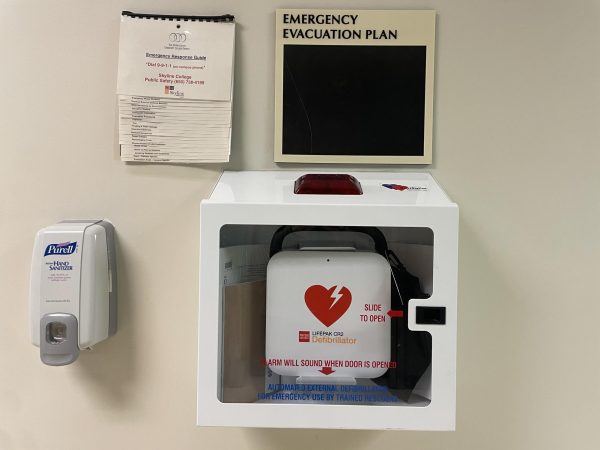Being exposed to graphic images has numbed the world
Bashar al-Assad, the Syrian president.
When it comes to ethics, we need to consider the fact that the exposure of violence and gore in the media desensitizes the public.
For many years, we’ve been bombarded with graphic images of terrorists killing people, suicides, and other inhumane beatings streamed from the media. This not only desensitizes you, but it seriously stresses people out. And we can’t just point the blame at news agencies pumping out material, because they do what they can from an ethical standpoint — but it’s those who make these sort of things sensational.
According to the Association for Psychological Science, “after taking pre-9/11 mental health, demographic characteristics, and lifetime trauma exposure into account, people who watched four or more hours of 9/11 or Iraq War-related television per day following each event were more likely to experience symptoms of acute stress.”
Although these things are out of your control, this does not mean what you’re seeing doesn’t affect you. It ultimately does if what you see becomes tolerated and the problem is not dealt with and left to grow steadfast.
Not only does being desensitized from graphic material retard your response to them but it also affects the way you would respond to the issue that the image is trying to portray. When you see these things going on, it doesn’t mean you should tolerate them, you should learn to understand what the image or video is about. If you’re left undecided and you’re constantly bombarded with more graphics, your response becomes neutralized or dampened.
It’s a terrible thing to not be able to control what graphic material you may see, but you shouldn’t dwell on what’s going on. Instead you should understand it and see if you’re capable of being part of the solution instead of the problem.
The media is a powerful thing and not only is it ever so growing but it’s extremely complex, by in which it is used to communicate ideas. Not only does the media desensitize people, it also illuminates bigger issues that might have as well gone unnoticed. From humanitarian issues to sharing beliefs across the globe to responding to crises more efficiently, the media has intertwined itself in our day to day lives.
“The convergence of social networks and mobile has thrown the old response playbook out the window,” Michael Beckerman, president and CEO of the Internet Association said.
Being desensitized by the media may not be the issue of the media itself but how we regulate this sort of material. You can put anything on the media and it might pick up like wildfire. And when it does, everybody will look at it even though it’s too late.
For many, the video of the Syrian gas attack which took place in Northwestern Syria, which killed approximately 70 people, including children, was more graphic than expected. But if activists and residents were unable to send footage out, there might have been more havoc. And worst of all, this humanitarian issue would have completely gone unnoticed.
Although the media can connect us with different parts of the globe, which not only helps us with communication but it allows a wider spread of information. The biggest issue we get from the media is desensitization. And although desensitization comes from being overexposed to graphic images, this graphic material’s regulation must be discussed.













